-
 Bitcoin
Bitcoin $108,017.2353
-0.81% -
 Ethereum
Ethereum $2,512.4118
-1.58% -
 Tether USDt
Tether USDt $1.0002
-0.03% -
 XRP
XRP $2.2174
-1.03% -
 BNB
BNB $654.8304
-0.79% -
 Solana
Solana $147.9384
-1.76% -
 USDC
USDC $1.0000
-0.01% -
 TRON
TRON $0.2841
-0.76% -
 Dogecoin
Dogecoin $0.1636
-2.09% -
 Cardano
Cardano $0.5726
-1.72% -
 Hyperliquid
Hyperliquid $39.1934
1.09% -
 Sui
Sui $2.9091
-0.59% -
 Bitcoin Cash
Bitcoin Cash $482.1305
0.00% -
 Chainlink
Chainlink $13.1729
-1.54% -
 UNUS SED LEO
UNUS SED LEO $9.0243
-0.18% -
 Avalanche
Avalanche $17.8018
-1.90% -
 Stellar
Stellar $0.2363
-1.69% -
 Toncoin
Toncoin $2.7388
-3.03% -
 Shiba Inu
Shiba Inu $0.0...01141
-1.71% -
 Litecoin
Litecoin $86.3646
-1.98% -
 Hedera
Hedera $0.1546
-0.80% -
 Monero
Monero $311.8554
-1.96% -
 Dai
Dai $1.0000
-0.01% -
 Polkadot
Polkadot $3.3473
-2.69% -
 Ethena USDe
Ethena USDe $1.0001
-0.01% -
 Bitget Token
Bitget Token $4.3982
-1.56% -
 Uniswap
Uniswap $6.9541
-5.35% -
 Aave
Aave $271.7716
0.96% -
 Pepe
Pepe $0.0...09662
-1.44% -
 Pi
Pi $0.4609
-4.93%
How to use indicators to spot Bitcoin accumulation or distribution phases?
Bitcoin traders use indicators like OBV, moving averages, and RSI to spot accumulation or distribution phases, helping anticipate price moves.
Jul 05, 2025 at 07:16 pm
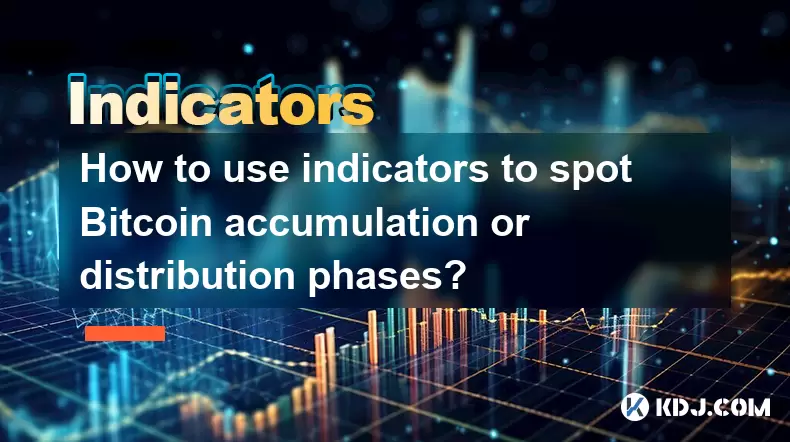
Understanding Accumulation and Distribution in Bitcoin Trading
In the context of Bitcoin trading, accumulation and distribution refer to specific phases where institutional or large investors are either buying (accumulating) or selling (distributing) significant amounts of BTC. These phases can often be identified using technical indicators that reflect market sentiment, volume flow, and price action. Recognizing these patterns early can help traders position themselves more effectively.
Accumulation typically occurs after a downtrend when smart money starts buying at lower prices without causing a sharp reversal.
Distribution usually appears at the end of an uptrend when major players start offloading their holdings before a potential price drop.
Both phases can be subtle and may not always be immediately visible on standard candlestick charts. That’s where technical indicators come into play.
Using On-Balance Volume (OBV) to Detect Smart Money Moves
One of the most effective tools for identifying accumulation or distribution is the On-Balance Volume (OBV) indicator. OBV adds up volume on up days and subtracts it on down days, creating a running total that reflects buying and selling pressure.
- During accumulation, you may notice OBV rising even if the price remains relatively flat — indicating increased buying pressure.
- During distribution, OBV tends to decline while the price might still appear stable or even slightly rising — signaling hidden selling pressure.
To use OBV:
- Open a charting platform like TradingView or Binance.
- Add the OBV indicator from the list of available studies.
- Observe its behavior relative to Bitcoin’s price.
- Look for divergences between OBV and price as early signs of accumulation or distribution.
Analyzing Moving Averages for Trend Confirmation
Moving averages (MAs) such as the 50-day and 200-day simple moving average (SMA) are essential tools for understanding whether Bitcoin is in an accumulation or distribution phase.
- If Bitcoin’s price is above both the 50-day and 200-day SMA, it suggests a bullish trend, which could indicate accumulation by larger players ahead of a rally.
- If the price is below these key MAs and showing resistance upon retests, it may signal ongoing distribution or bearish control.
Additionally, the Golden Cross (when the 50-day crosses above the 200-day MA) often marks the beginning of accumulation. Conversely, the Death Cross (when the 50-day crosses below the 200-day MA) frequently coincides with distribution phases.
To implement this:
- Overlay the 50 and 200-day SMAs on your Bitcoin chart.
- Watch how price interacts with these lines over time.
- Note crossovers and analyze volume during those events to confirm strength or weakness.
Monitoring the Relative Strength Index (RSI) for Market Extremes
The Relative Strength Index (RSI) is a momentum oscillator that helps identify overbought and oversold conditions. While commonly used for timing entries and exits, RSI can also provide clues about accumulation or distribution when analyzed in context.
- If Bitcoin hits an RSI level below 30 but doesn’t break new lows, it could suggest accumulation is taking place as buyers step in.
- If Bitcoin reaches RSI levels above 70 repeatedly without sustaining higher prices, it may signal distribution as sellers counteract buying pressure.
Look for:
- Hidden divergences between RSI and price.
- Failure to make new highs despite strong RSI readings.
- Repeated tests of support levels with RSI trending upward.
Use the default 14-period setting on RSI unless customizing for longer-term analysis.
Utilizing Volume Profile and Order Flow Analysis
Volume Profile shows the amount of trading activity at different price levels. It highlights areas of high volume (value areas), which can indicate where institutions have been active.
- In accumulation phases, Volume Profile often forms a wide base with increasing participation at lower levels.
- Distribution phases may show heavy volume at upper levels with price failing to push higher afterward.
To incorporate Volume Profile:
- Enable it on platforms like TradingView or Bybit.
- Identify price zones with the highest traded volume.
- Observe whether Bitcoin is revisiting these zones with strong rejection or continuation signals.
Additionally, order flow tools like Depth Charts and Tape Reading can reveal large buy or sell walls that hint at accumulation or distribution. These aren't traditional indicators but offer real-time insight into market structure.
Frequently Asked Questions
Q: Can I rely solely on one indicator to determine accumulation or distribution?
A: No single indicator should be used in isolation. Combining multiple indicators like OBV, RSI, and Moving Averages increases accuracy and reduces false signals.
Q: How long can accumulation or distribution phases last in Bitcoin markets?
A: These phases vary in duration depending on market conditions. They can last from weeks to months, especially during major market cycles or macroeconomic shifts.
Q: Is accumulation always followed by a bullish move?
A: Not necessarily. Accumulation may be followed by sideways consolidation if there's insufficient momentum or external factors suppressing price movement.
Q: What timeframes are best for analyzing accumulation/distribution in Bitcoin?
A: Higher timeframes like daily and weekly charts are more reliable for identifying long-term accumulation or distribution. Shorter timeframes may show noise and misleading patterns.
Disclaimer:info@kdj.com
The information provided is not trading advice. kdj.com does not assume any responsibility for any investments made based on the information provided in this article. Cryptocurrencies are highly volatile and it is highly recommended that you invest with caution after thorough research!
If you believe that the content used on this website infringes your copyright, please contact us immediately (info@kdj.com) and we will delete it promptly.
- Cryptos in July 2025: Massive Gains or Just Hype?
- 2025-07-05 20:30:13
- Pepe's EVM Layer 2 Meme Coin Mania: What's the Hype?
- 2025-07-05 20:50:12
- Shiba Inu, Dogecoin, and the Crypto Skyrocket: What's Making These Memes Soar?
- 2025-07-05 21:10:12
- Tokenized Stocks: Robinhood, Gemini, and the NYSE Threat
- 2025-07-05 21:10:12
- Altcoin Adventures: Navigating the Pepe Fork Frenzy and Solana's Summer Swings
- 2025-07-05 21:15:12
- Hong Kong's Tokenised Bond Leap: Zero Stamp Duty Sparks Web3 Ambitions
- 2025-07-05 20:30:13
Related knowledge

How to set up a moving average crossover alert for Dogecoin
Jul 05,2025 at 07:33pm
Understanding Moving Averages and Their Relevance to DogecoinMoving averages (MAs) are among the most commonly used technical indicators in cryptocurrency trading. They help smooth out price data over a specific time period, offering traders a clearer view of trends. Dogecoin, being a highly volatile altcoin, often exhibits strong momentum when certain ...
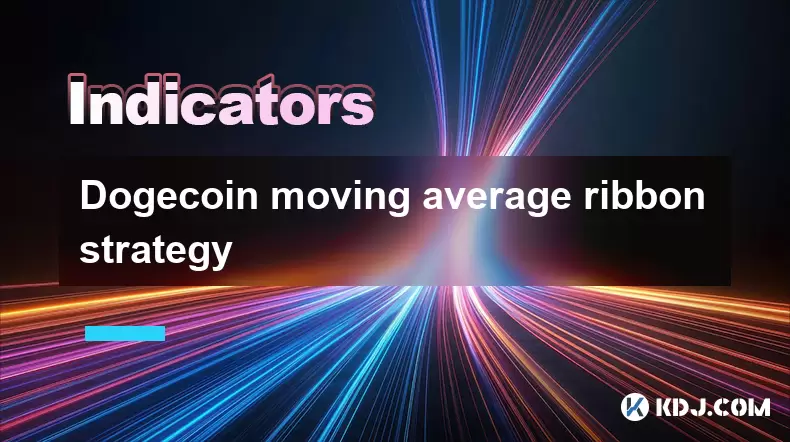
Dogecoin moving average ribbon strategy
Jul 05,2025 at 07:32pm
What is the Dogecoin Moving Average Ribbon Strategy?The Dogecoin moving average ribbon strategy is a technical analysis approach used by traders to identify potential trends and reversals in the price of DOGE. This method involves plotting multiple moving averages (MAs) on a price chart, typically of varying lengths, which visually form a 'ribbon' when ...
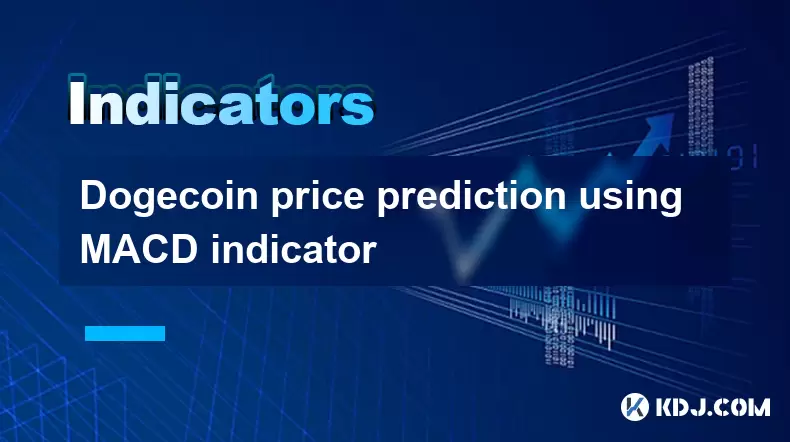
Dogecoin price prediction using MACD indicator
Jul 05,2025 at 07:18pm
Understanding the MACD Indicator in Cryptocurrency TradingThe Moving Average Convergence Divergence (MACD) is a popular technical analysis tool used by traders to identify potential price trends and reversals. It consists of three main components: the MACD line, the signal line, and the MACD histogram. The MACD line is calculated by subtracting the 26-p...
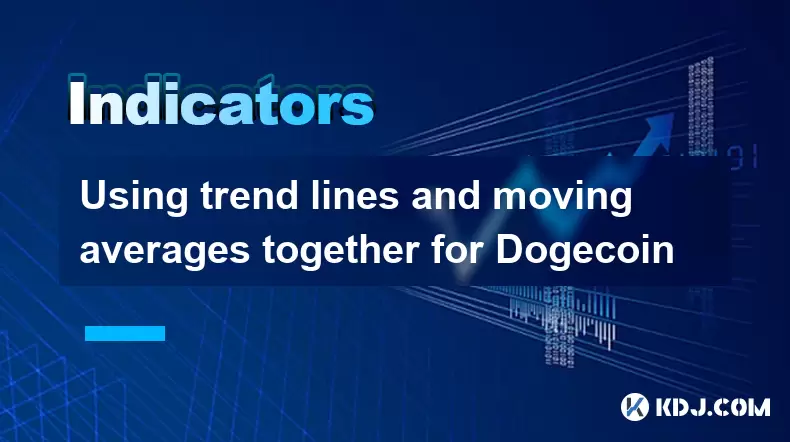
Using trend lines and moving averages together for Dogecoin
Jul 05,2025 at 07:16pm
Understanding Trend Lines in Cryptocurrency TradingTrend lines are essential tools for analyzing price movements in the cryptocurrency market. In Dogecoin trading, trend lines help identify potential support and resistance levels by connecting significant price points on a chart. When applied correctly, these lines can indicate whether the asset is in a...
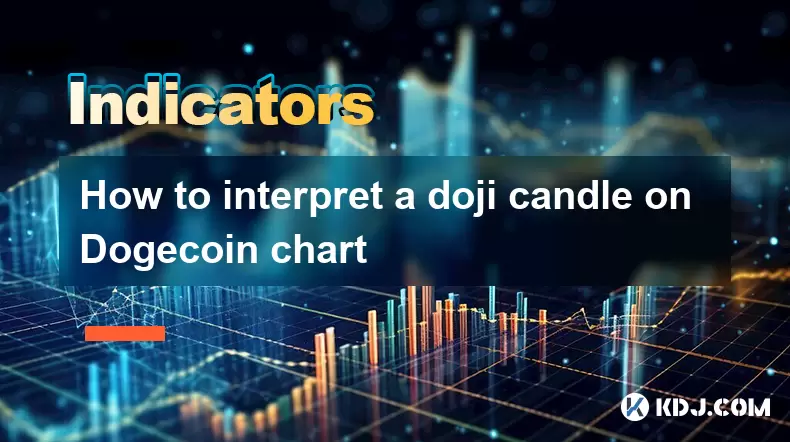
How to interpret a doji candle on Dogecoin chart
Jul 05,2025 at 07:49pm
Understanding the Doji Candlestick PatternA doji candle is a crucial technical indicator in cryptocurrency trading, especially when analyzing assets like Dogecoin. It represents market indecision and often signals potential reversals or continuation patterns. A doji forms when the opening and closing prices of an asset are nearly identical, resulting in...
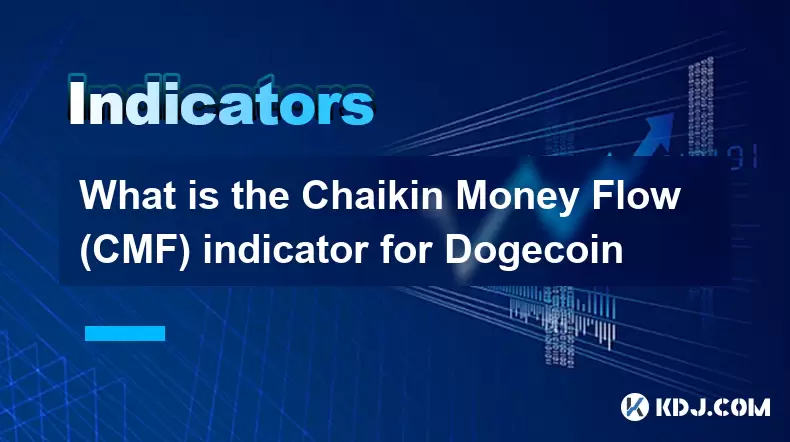
What is the Chaikin Money Flow (CMF) indicator for Dogecoin
Jul 05,2025 at 07:32pm
Understanding the Chaikin Money Flow (CMF) IndicatorThe Chaikin Money Flow (CMF) is a technical analysis indicator developed by Marc Chaikin to measure the accumulation and distribution of a financial asset over a specific period. It combines both price and volume data to assess whether institutional investors are actively buying or selling an asset. In...

How to set up a moving average crossover alert for Dogecoin
Jul 05,2025 at 07:33pm
Understanding Moving Averages and Their Relevance to DogecoinMoving averages (MAs) are among the most commonly used technical indicators in cryptocurrency trading. They help smooth out price data over a specific time period, offering traders a clearer view of trends. Dogecoin, being a highly volatile altcoin, often exhibits strong momentum when certain ...

Dogecoin moving average ribbon strategy
Jul 05,2025 at 07:32pm
What is the Dogecoin Moving Average Ribbon Strategy?The Dogecoin moving average ribbon strategy is a technical analysis approach used by traders to identify potential trends and reversals in the price of DOGE. This method involves plotting multiple moving averages (MAs) on a price chart, typically of varying lengths, which visually form a 'ribbon' when ...

Dogecoin price prediction using MACD indicator
Jul 05,2025 at 07:18pm
Understanding the MACD Indicator in Cryptocurrency TradingThe Moving Average Convergence Divergence (MACD) is a popular technical analysis tool used by traders to identify potential price trends and reversals. It consists of three main components: the MACD line, the signal line, and the MACD histogram. The MACD line is calculated by subtracting the 26-p...

Using trend lines and moving averages together for Dogecoin
Jul 05,2025 at 07:16pm
Understanding Trend Lines in Cryptocurrency TradingTrend lines are essential tools for analyzing price movements in the cryptocurrency market. In Dogecoin trading, trend lines help identify potential support and resistance levels by connecting significant price points on a chart. When applied correctly, these lines can indicate whether the asset is in a...

How to interpret a doji candle on Dogecoin chart
Jul 05,2025 at 07:49pm
Understanding the Doji Candlestick PatternA doji candle is a crucial technical indicator in cryptocurrency trading, especially when analyzing assets like Dogecoin. It represents market indecision and often signals potential reversals or continuation patterns. A doji forms when the opening and closing prices of an asset are nearly identical, resulting in...

What is the Chaikin Money Flow (CMF) indicator for Dogecoin
Jul 05,2025 at 07:32pm
Understanding the Chaikin Money Flow (CMF) IndicatorThe Chaikin Money Flow (CMF) is a technical analysis indicator developed by Marc Chaikin to measure the accumulation and distribution of a financial asset over a specific period. It combines both price and volume data to assess whether institutional investors are actively buying or selling an asset. In...
See all articles

























































































